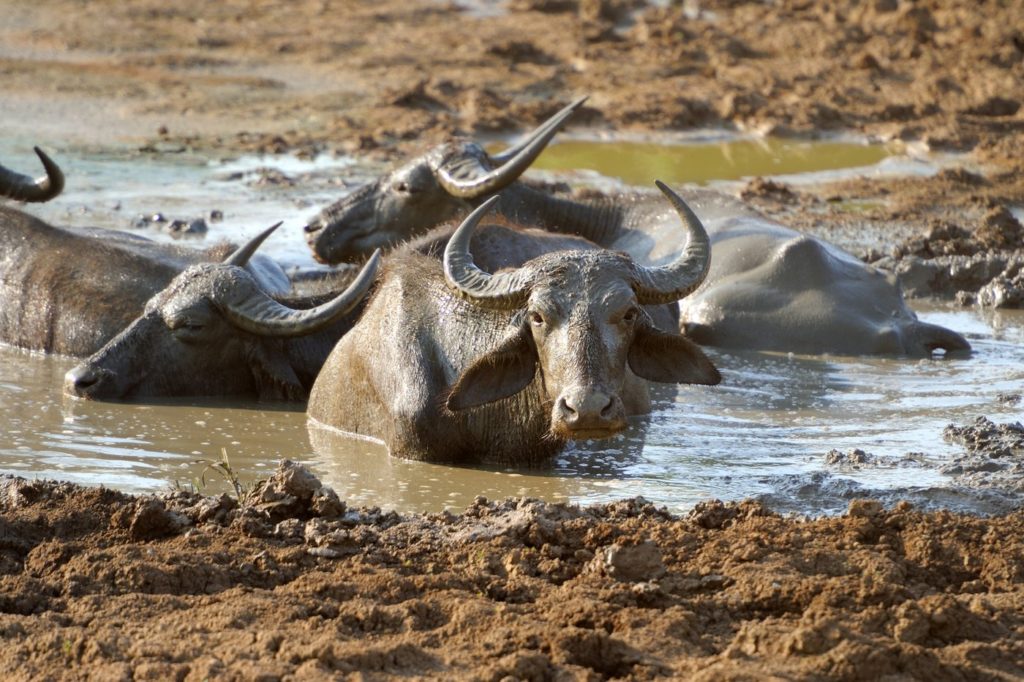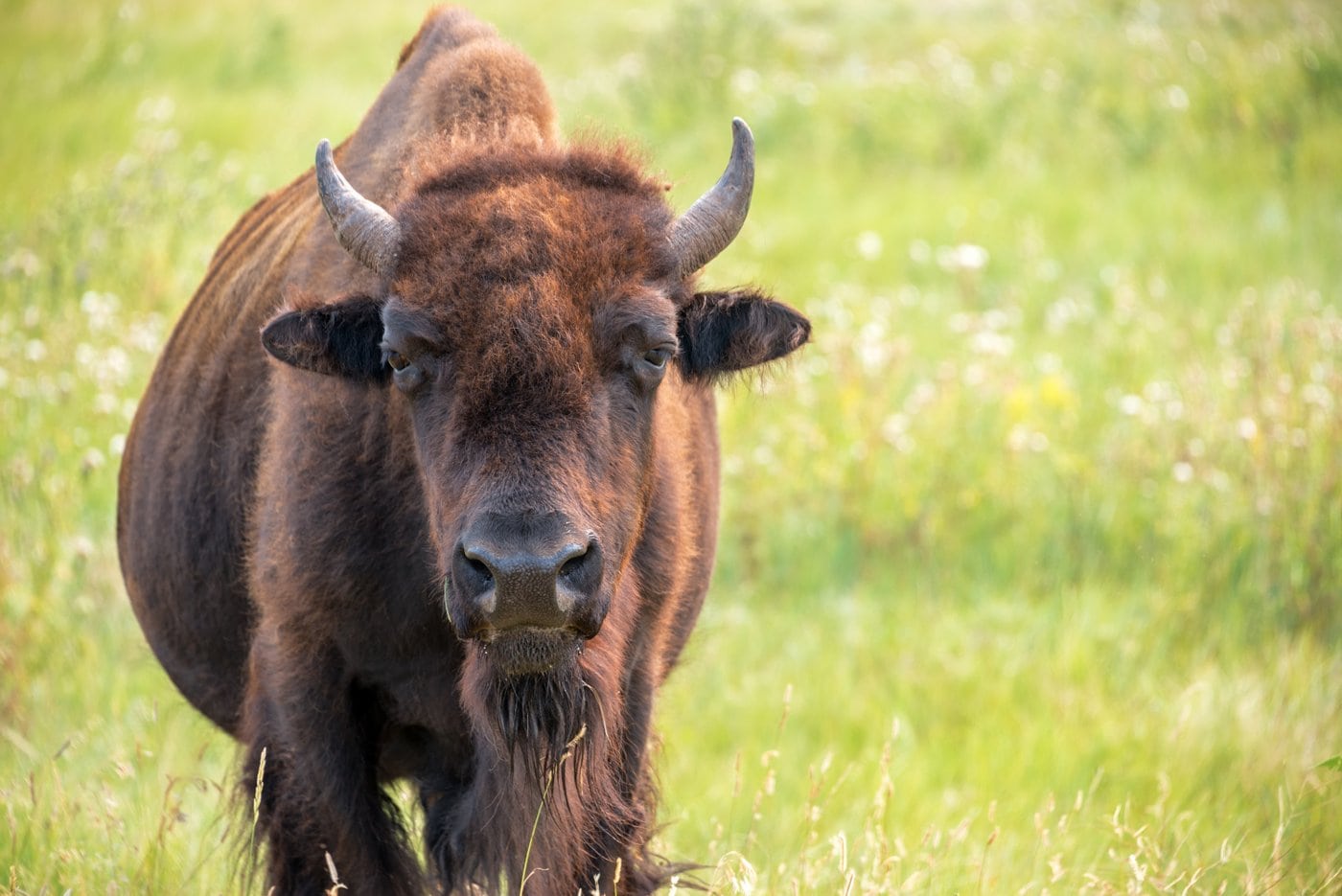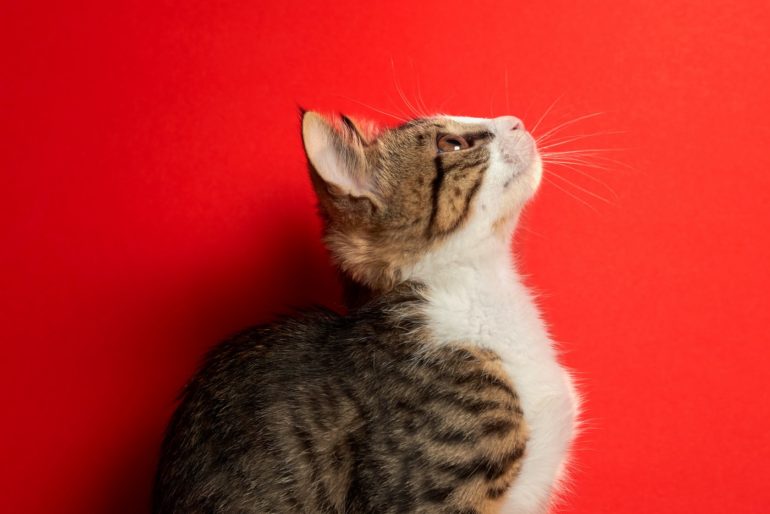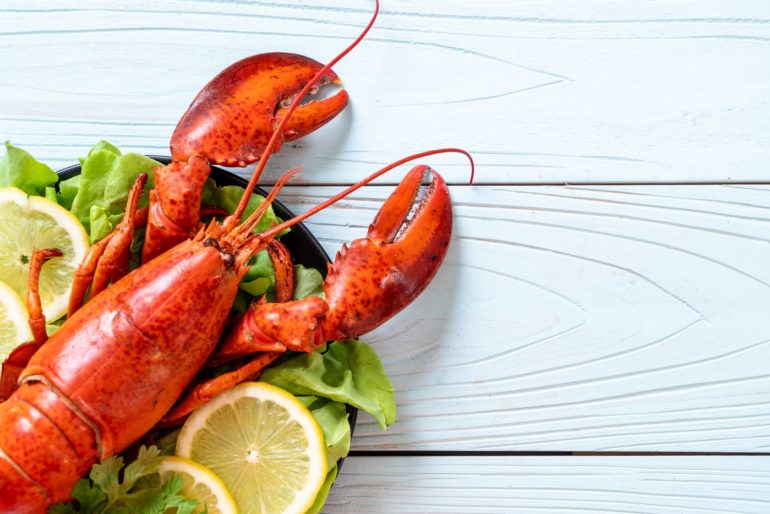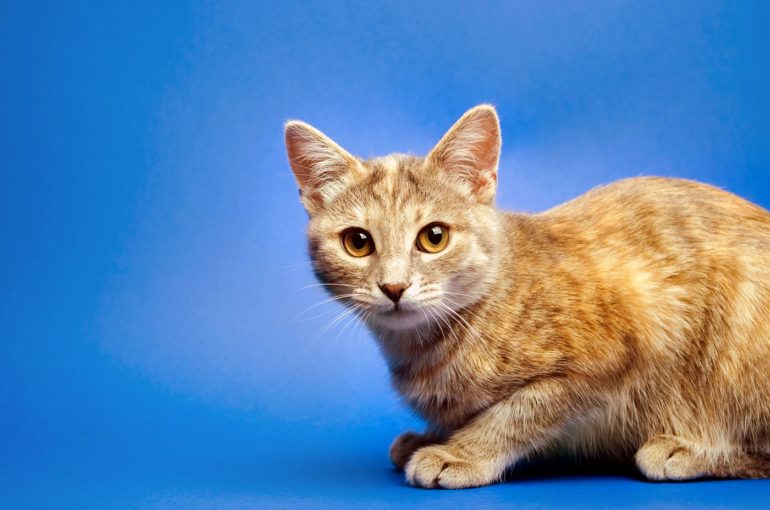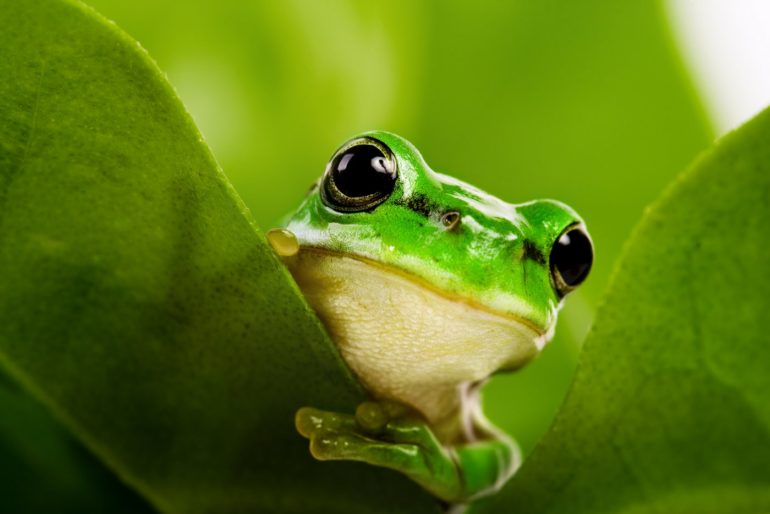What is the difference between buffalo and bison?
If you’ve heard both the terms buffalo and bison, and sometimes they seem to refer to the same animal, you might wonder if there’s a difference. There is. Find out more here!
Oh, give me a home…
While tales of the midwestern prairie and the buffalo that roamed it during the latter part of the 19th century are the stuff of legend.
While the animal that stormed the screen of Dances With Wolves and countless other westerns is commonly referred to as the American Buffalo, the truth is that it’s not technically correct.
…where the bison roam?
The animal we often call the American Buffalo, is, in fact, a bison. Scientists insist that the word “buffalo” should be used only to describe the African buffalo or the water buffalo of Asia.
But for about 200 years, the bison has been called a buffalo — and people in the US are just starting to use the correct terminology.
Just how the word “buffalo” came into use is not clear. Early Spanish explorers frequently called the buffalo cibola, and some Spanish writers spoke of them as bisonte or armenta.
Canadian trappers used the term boeuf — the French word for beef. Later, French explorers and English colonists called the animals bufflo or buffelo.
The American Bison
The American Bison stands about 5 to 6.5 feet tall as measured at the shoulder, and weighs in the ballpark of 2,000 pounds or more. They’re covered with a thick, shaggy coat of fur, have a massive head, and despite their remarkable size, are capable of sprinting at speeds of 40 mph.
Add in the curved horns that can grow up to two feet in length, and you have a formidable animal.
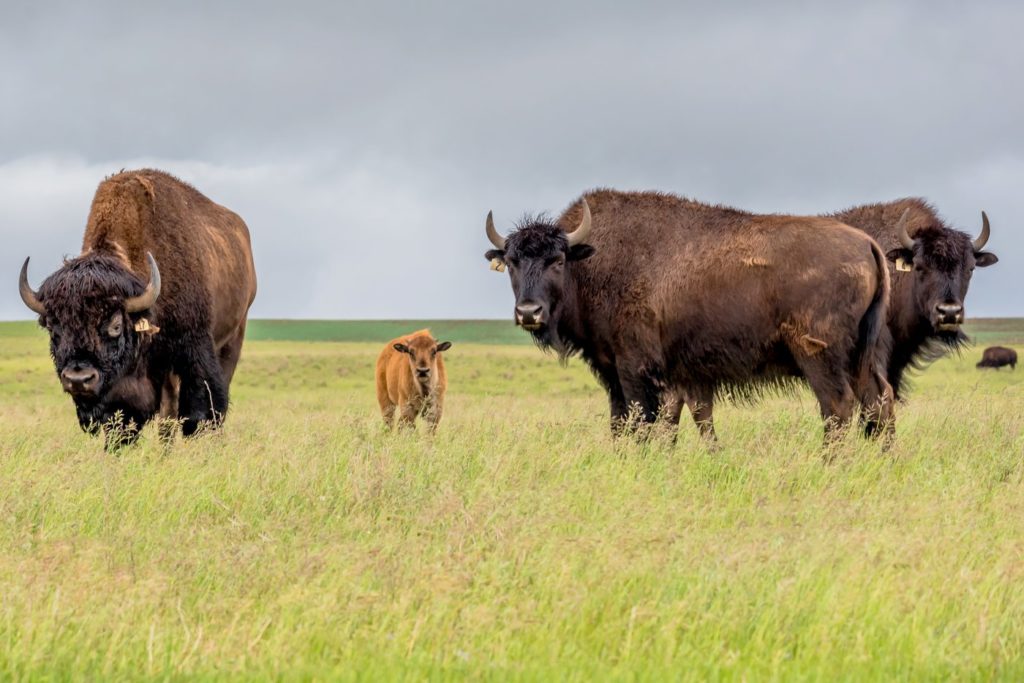
True buffalo meat is eaten abroad, but in the United States, if you someone tells you they’re making a buffalo steak or buffalo burger, you can be pretty sure it’s actually bison meat. (The label on the package would definitely state the correct name.)
Throughout the colonial era, the bison’s speed, strength and horns were much defense against the white man and his rifles. During the 19th century, the American Bison was hunted to near extinction. Fortunately, they have made somewhat of a comeback, and are now considered “near threatened,” one notch down from “of least concern.”
True buffalo, as in the form of the water buffalo or Asian buffalo, as well as the African or Cape buffalo, are quite different from their stateside namesakes.
While still belonging to the Bovidae family like the bison, buffalo do not share the shaggy coat of their American cousins, and have either swept-back or curved horns on a much smaller head — more like a cow’s head.
Additionally, the African buffalo’s horns have a large, protective, bony growth on the head, and the water buffalo (aka Asian buffalo) spends most of its days in swampy or marshy areas.
Wild African Cape Buffalo
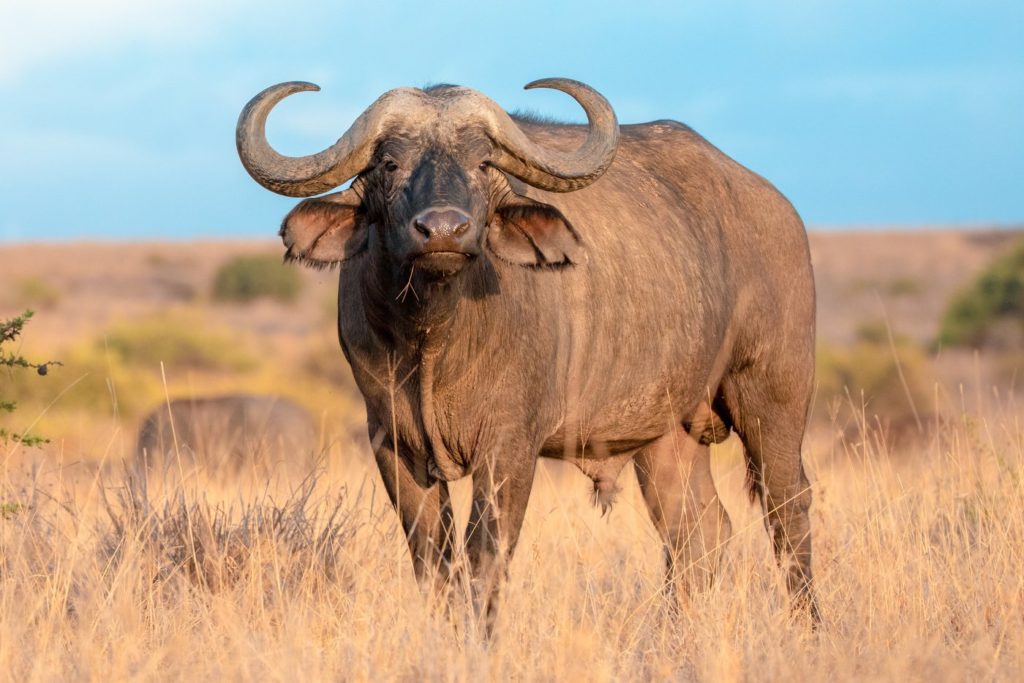
Water buffalo in Sri Lanka
